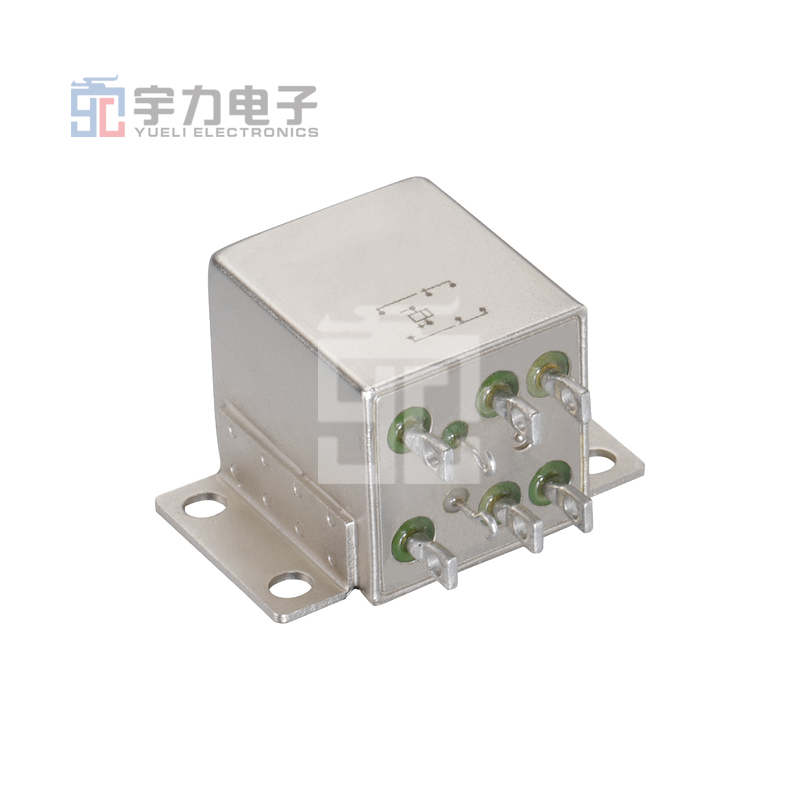Innovative Uses of Miniature Relays in Smart Devices
2025-07-12

Innovative Uses of Miniature Relays in Smart Devices
Table of Contents
1. Understanding Miniature Relays
2. The Role of Miniature Relays in Smart Devices
3. Key Benefits of Using Miniature Relays
3.1. Space Efficiency
3.2. Enhanced Control
4. Applications of Miniature Relays in Smart Devices
4.1. Smart Home Automation
4.2. Wearable Technology
4.3. IoT Devices
5. How Miniature Relays Improve Energy Efficiency
6. Future Trends in Miniature Relay Technology
7. Frequently Asked Questions
8. Conclusion
1. Understanding Miniature Relays
Miniature relays are compact electromechanical switches that allow the control of high power devices using low power signals. These devices play a crucial role in modern electronics, particularly in smart devices. Typically, they consist of a coil, armature, and contact points. When an electric current passes through the coil, it generates a magnetic field that moves the armature, thereby opening or closing the contacts. The small size of these relays allows designers to incorporate them into various applications without occupying significant space.
2. The Role of Miniature Relays in Smart Devices
In the context of smart devices, miniature relays act as critical components that facilitate automation and control. Their ability to manage multiple circuits efficiently makes them ideal for applications ranging from home automation systems to complex industrial machines. By providing a reliable switching mechanism, miniature relays enhance the functionality and responsiveness of smart devices.
3. Key Benefits of Using Miniature Relays
Utilizing miniature relays in smart devices comes with several benefits that significantly enhance performance and user experience.
3.1. Space Efficiency
One of the standout advantages of miniature relays is their compact size. This space efficiency allows manufacturers to design smaller, more powerful devices without compromising functionality. As smart devices trend towards miniaturization, the demand for components that can fit into tight spaces has skyrocketed. Miniature relays meet this requirement perfectly.
3.2. Enhanced Control
Miniature relays enable precise control over various functionalities within smart devices. By integrating these relays, manufacturers can create more sophisticated control systems that can manage everything from lighting and security systems to climate control. This level of control is essential in providing users with a seamless smart home experience.
4. Applications of Miniature Relays in Smart Devices
Miniature relays are employed in a multitude of applications, showcasing their versatility and adaptability in different smart devices.
4.1. Smart Home Automation
In the realm of smart home automation, miniature relays are indispensable. They serve various functions, such as controlling lighting systems, thermostats, and security devices. For example, a smart light switch equipped with a miniature relay can respond to remote commands to turn lights on or off, enhancing convenience and energy efficiency.
4.2. Wearable Technology
Wearable technology is another area where miniature relays shine. These devices often require compact components to deliver functionality without adding bulk. Miniature relays can be used to control features such as vibration alerts and notifications, enabling a more interactive user experience while conserving battery life.
4.3. IoT Devices
The Internet of Things (IoT) is revolutionizing how devices connect and communicate. Miniature relays play a vital role in IoT devices by facilitating data exchange and control. For instance, they can manage sensor outputs in smart thermostats or automate irrigation systems in smart agriculture setups.
5. How Miniature Relays Improve Energy Efficiency
Energy efficiency is a major concern in the design of modern smart devices. Miniature relays contribute to this goal by allowing devices to operate at lower power levels while still providing reliable performance. By minimizing energy consumption during operation, these relays help extend battery life in portable devices and reduce electricity costs in home automation systems. Enhanced energy management through miniature relays not only benefits consumers but also supports broader environmental goals.
6. Future Trends in Miniature Relay Technology
The future of miniature relay technology looks promising, with several trends shaping the market. One significant trend is the integration of smart features into relays themselves. For example, smart relays equipped with sensors and connectivity options can communicate with other devices and systems, offering enhanced automation capabilities. Furthermore, advancements in materials and manufacturing processes are likely to lead to even smaller and more efficient relays, expanding their applications in emerging technologies like AI and machine learning.
7. Frequently Asked Questions
What are miniature relays used for in smart devices?
Miniature relays are used to control high power devices with low power signals, enabling automation and efficient control in smart devices.
How do miniature relays differ from standard relays?
Miniature relays are smaller in size, making them suitable for compact applications in smart devices, while standard relays may be larger and used in different contexts.
Can miniature relays help reduce energy consumption in smart devices?
Yes, miniature relays can improve energy efficiency by operating at lower power levels and managing energy consumption effectively.
What industries benefit from the use of miniature relays?
Industries such as home automation, wearable technology, healthcare, and IoT heavily benefit from miniature relays due to their compact size and efficiency.
Are miniature relays reliable in terms of performance?
Absolutely. Miniature relays are designed to provide reliable performance, ensuring that smart devices function accurately and efficiently.
8. Conclusion
In conclusion, miniature relays are integral to the evolution of smart devices, enabling enhanced control, efficiency, and compact design. As technology continues to advance, the innovative applications of these relays will likely expand further, paving the way for even smarter and more energy-efficient devices. Their role in transforming everyday gadgets into interconnected systems is undeniable, and the future holds exciting possibilities for miniature relay technology in smart applications. Embracing these innovations not only enhances user experience but also drives us toward a more automated and efficient world.


